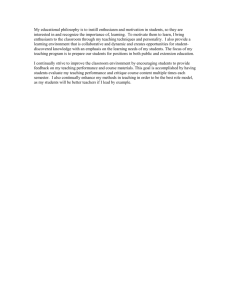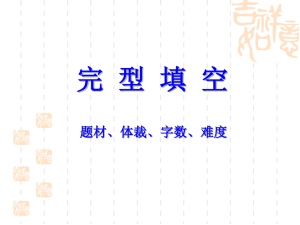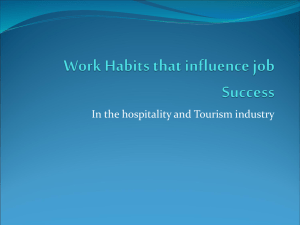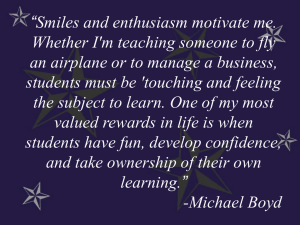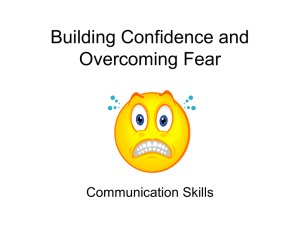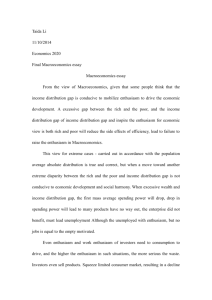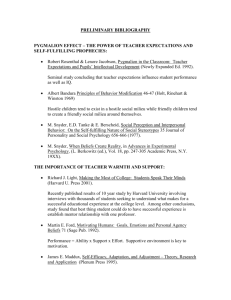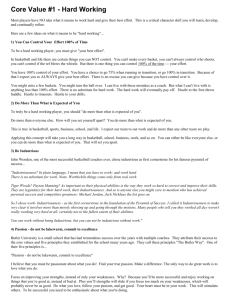Statement of Teaching Philosophy
advertisement
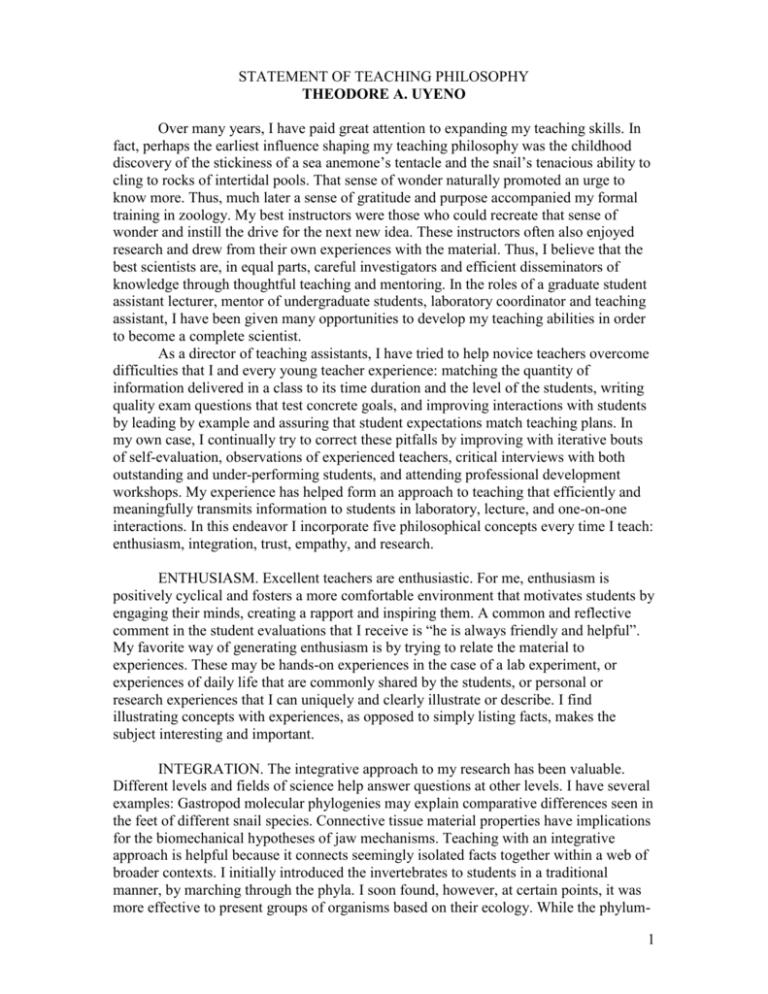
STATEMENT OF TEACHING PHILOSOPHY THEODORE A. UYENO Over many years, I have paid great attention to expanding my teaching skills. In fact, perhaps the earliest influence shaping my teaching philosophy was the childhood discovery of the stickiness of a sea anemone’s tentacle and the snail’s tenacious ability to cling to rocks of intertidal pools. That sense of wonder naturally promoted an urge to know more. Thus, much later a sense of gratitude and purpose accompanied my formal training in zoology. My best instructors were those who could recreate that sense of wonder and instill the drive for the next new idea. These instructors often also enjoyed research and drew from their own experiences with the material. Thus, I believe that the best scientists are, in equal parts, careful investigators and efficient disseminators of knowledge through thoughtful teaching and mentoring. In the roles of a graduate student assistant lecturer, mentor of undergraduate students, laboratory coordinator and teaching assistant, I have been given many opportunities to develop my teaching abilities in order to become a complete scientist. As a director of teaching assistants, I have tried to help novice teachers overcome difficulties that I and every young teacher experience: matching the quantity of information delivered in a class to its time duration and the level of the students, writing quality exam questions that test concrete goals, and improving interactions with students by leading by example and assuring that student expectations match teaching plans. In my own case, I continually try to correct these pitfalls by improving with iterative bouts of self-evaluation, observations of experienced teachers, critical interviews with both outstanding and under-performing students, and attending professional development workshops. My experience has helped form an approach to teaching that efficiently and meaningfully transmits information to students in laboratory, lecture, and one-on-one interactions. In this endeavor I incorporate five philosophical concepts every time I teach: enthusiasm, integration, trust, empathy, and research. ENTHUSIASM. Excellent teachers are enthusiastic. For me, enthusiasm is positively cyclical and fosters a more comfortable environment that motivates students by engaging their minds, creating a rapport and inspiring them. A common and reflective comment in the student evaluations that I receive is “he is always friendly and helpful”. My favorite way of generating enthusiasm is by trying to relate the material to experiences. These may be hands-on experiences in the case of a lab experiment, or experiences of daily life that are commonly shared by the students, or personal or research experiences that I can uniquely and clearly illustrate or describe. I find illustrating concepts with experiences, as opposed to simply listing facts, makes the subject interesting and important. INTEGRATION. The integrative approach to my research has been valuable. Different levels and fields of science help answer questions at other levels. I have several examples: Gastropod molecular phylogenies may explain comparative differences seen in the feet of different snail species. Connective tissue material properties have implications for the biomechanical hypotheses of jaw mechanisms. Teaching with an integrative approach is helpful because it connects seemingly isolated facts together within a web of broader contexts. I initially introduced the invertebrates to students in a traditional manner, by marching through the phyla. I soon found, however, at certain points, it was more effective to present groups of organisms based on their ecology. While the phylum1 by-phylum approach gave the students an understanding of the morphology and an easyto-follow lesson plan, grouping organisms that co-occurred in specific zones garnered additional interest because it placed the concepts in a larger perspective. As an example, grouping intertidal organisms together allowed me to touch on the biomechanics of waveswept environments, the physiology of being exposed to air versus water, and the ecology of predator-prey interactions. TRUST. My semester begins by introducing myself in some detail. I trace my professional progress starting with the level of the students. Then, I outline my major projects and interests. I often ask my students to reciprocate by answering a few personal questions; their name, their major, their career aspirations, and their favorite hobby. I try to identify with each student and his or her personal situation in order to begin building trust. I view trust as a respectful contract. To learn, students must feel comfortable to ask questions and participate in the class, to trust in my knowledge of the subject, and to trust that I will correctly evaluate their performances. In return, trust makes it easier to feel comfortable in pointing out errors and being honest when I make a mistake or need to research a missing answer. The biggest benefit of fostering trust is that it allows for student feedback. I use this to gauge whether the students’ expectations have been met, and where I need to clarify certain aspects. I also use feedback to decide how which and how much material to present, so that I can modulate the lesson plan for the day while maintaining the overall goals for the semester. EMPATHY. To empathize is to teach from the students’ points of view. Overall goals of a course may be constant, however changes in presentation style or order and inclusion of extra information often ensure success. A difficult chore while learning human anatomy and physiology is mastering hundreds of Latin anatomical names. Usually I try to create alternative pathways to remembering them, such as organizing the terms into organ system groups or associating specific functions to each structure. If this does not work, I motivate the students by relating the topic back to their own experiences. Robotic and electronic analogies helped biomedical engineering majors to make sense of various structures’ function. Physical education students required relating structures to various exercise and nutritional concepts. Students of a romance language often feel empowered when they deduce the translation of a Latin name and discover the structure’s function. RESEARCH. My research program and general scholarly activities do not only generate discoveries and answer interesting questions; they are also an important teaching tool. This is true for two reasons. First, I try to incorporate recent findings into my class material. This not only keeps me current but ensures that the class material updates from year to year and does not become stale. Second, my research program is based on concepts and techniques that are amenable to mentoring undergraduates as well as graduate research training. Beginning two years ago, I have helped mentor three undergraduate students with the goal of developing them as junior independent researchers. The successful and confident students were the ones that took the most ownership of their projects. I found that I was able to foster this ownership by helping them reach, but not giving them, project topics, teaching them to critically evaluate background material, helping them organize their questions as clear and testable hypotheses, and encouraging them to begin teaching on their own through presentations and tutoring each other. 2
